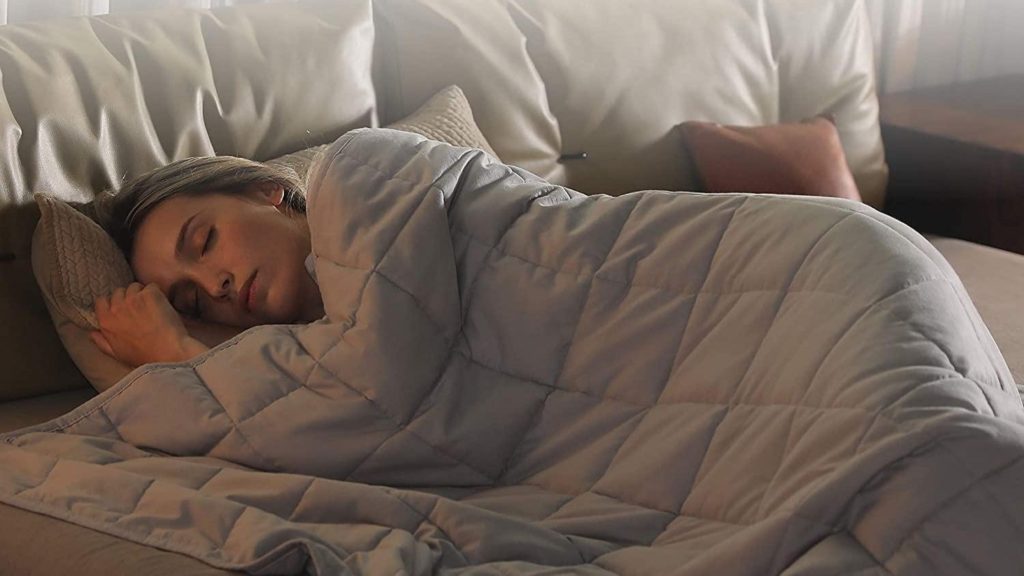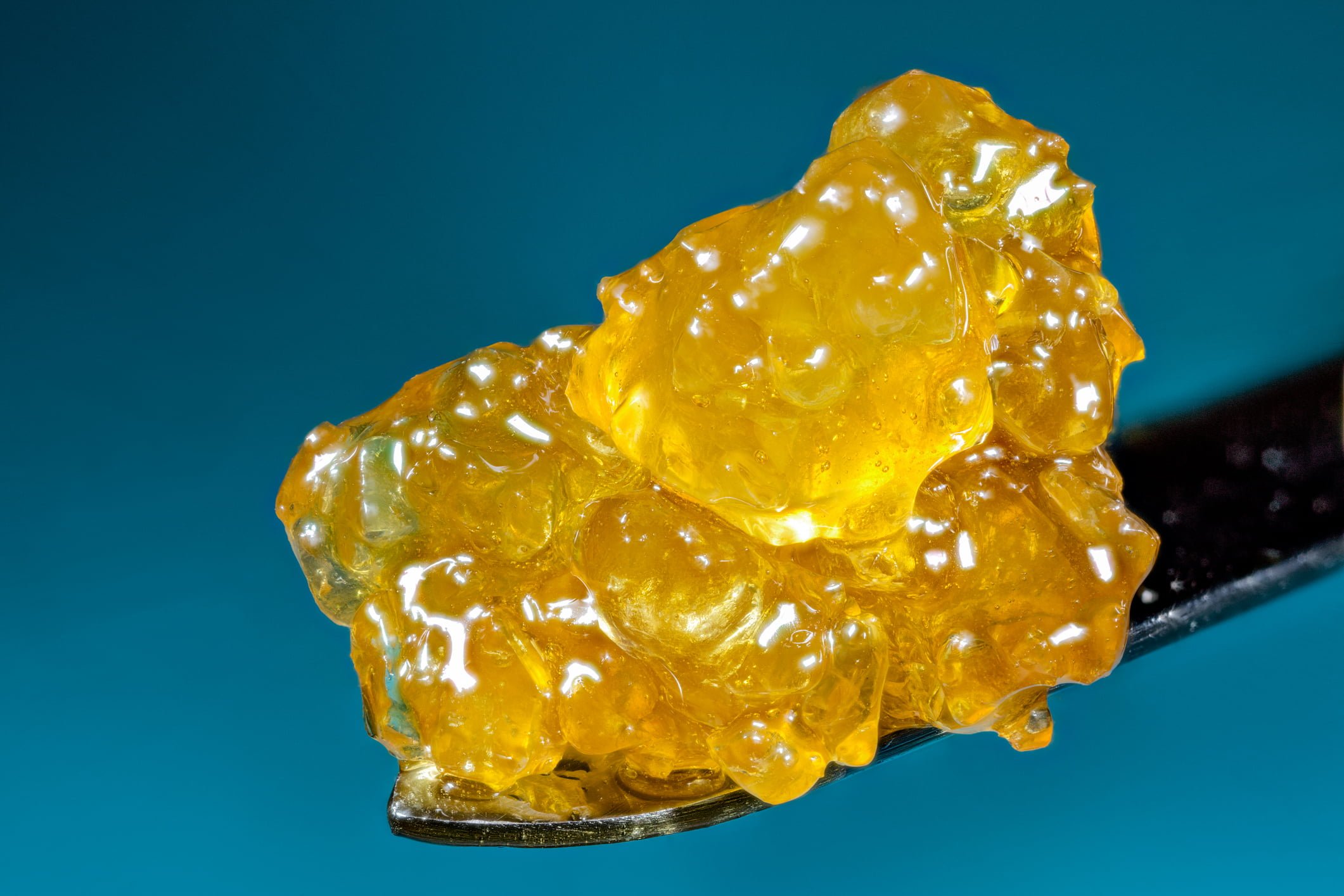
What is needed for good sleep? Comfortable bed, soft pillow and a nice blanket! Moreover, it does not have to be warm. The blanket can be light – the main thing is that you feel comfortable sleeping under it. How to choose such a blanket? You just need to know the most important thing about this bedding. The sleep shop reviewed a bunch of them and here we go…
Choosing a filler
What’s the best blanket filler? This issue is decided individually. The warmer the blanket, the easier it is to survive the harsh winter. However, the concepts of “warm” and “cold” differ from person to person. Someone under a duvet will be too hot, while others freeze under a blanket made of sheep wool. The same goes for the weight and fluffiness of the blanket. At the same time, do not forget that you need to have at least two blankets – for the warm and cold seasons. For winter, a warm blanket, for example, a duvet, is more suitable, and for a warmer season, a light cashmere blanket.
Cotton wool
Blankets, like any other product, can be either budget or luxury. The price of the blanket depends on the filler and manufacturer. The cheapest and at the same time environmentally friendly blankets are wadded. Probably, each of us at least once in our life slept under such a blanket. The first impression is warmth and a rather tangible weight of the product. A new cotton blanket retains heat quite well, but over time, the cotton wool falls into lumps. In addition, it is saturated with moisture, but dries extremely slowly. The cotton blanket builds up dust. This makes the blanket heavier and heavier. In addition, parasites can settle in wet cotton wool. That is why it is not recommended to constantly cover children with cotton blankets.
It is rather difficult to clean a cotton blanket so that it becomes “like new” again. It is impossible to wash cotton blankets: you can end up with a shapeless mass of matted cotton wool. After dry cleaning, streaks may remain on the blanket. Most often, wadded blankets are vacuum clean and dried in the sun. You can also knock out a blanket in the same way as knocking out a carpet.
Wool
A more hygienic option is a woolen blanket. The material for it can be the wool of camels, Kashmir goats (cashmere) or merino sheep. Each type of wool has its own characteristics. The cheapest option is a lambswool blanket. It perfectly retains heat, but at the same time it is lightweight and does not put pressure on the sleeping person. Even children can be covered with these blankets. In New Zealand, merino blankets are used to wrap premature babies who need warmth and a special microclimate. Thanks to this, children grow faster and get sick less.
Camel wool is an excellent heat insulator. It is almost two times lighter than sheep’s wool, but much stronger. It is best to sleep under those blankets that are made from the wool of young camels, which is 80% down. From 4 to 9 kg of such wool is collected from one animal per year, therefore camel blankets are more expensive than sheep blankets.
Cashmere
The elite option is cashmere blankets. They are made from hand-picked mountain goat undercoat. Of all the types of wool presented, cashmere is the most silky. It is very thin and light: the threads that make up cashmere wool are almost 3 times thinner than a human hair! Cashmere blankets are the most practical because they can be machine washed.
Blankets made of any wool are hygroscopic – they absorb moisture, but at the same time they hardly get wet and dry quickly. Subsequently, this moisture quickly and easily disappears. The wool filling the blanket contains lanolin, an animal fat that melts in warmth and has a beneficial effect on our body. Doctors recommend those who suffer from arthritis, rheumatism, diseases of the cardiovascular system to sleep under woolen blankets. Even if you just caught a cold, it is best to stay in bed under a light, warm woolen blanket.
Silk
“Premium” blankets are considered to be products filled with silk fiber. No other material has as many benefits as silk. This filler is non-allergenic and does not attract dust. In silk blankets dust mites, fungus and saprophytes – microorganisms that cause a lot of trouble to a person – do not start. In the manufacture of silk blankets, mainly manual labor is used, a minimum of chemical compounds. Silk feels soft and elastic to the touch. It does not have a lot of weight, like cotton wool, and such splendor, like down. Silk duvets do not pile up or accumulate moisture. They can serve you for many years. Sometimes silk is combined with other natural materials such as cashmere or camel hair. These blankets tend to combine the benefits of both fillers.
Synthetics
How Good Are Synthetic Blankets? It is believed that they do not have many natural disadvantages. Synthetic blankets are inexpensive, do not cause allergies, they can be washed freely in the machine, the filler in them does not get lost in the corners over time, like cotton wool. But in terms of its merits, synthetics can never be compared with natural fabrics. Artificial fillers will never have such air exchange as fluff or moisture resistance as wool. We add that cheap synthetics can create a “greenhouse effect” in bed. Then you will sweat under a blanket that does not release heat. Some synthetic duvets also don’t provide enough warmth in winter and will make you sleep chilly underneath. But as a temporary or seasonal option, quality synthetic blankets may work for you.








